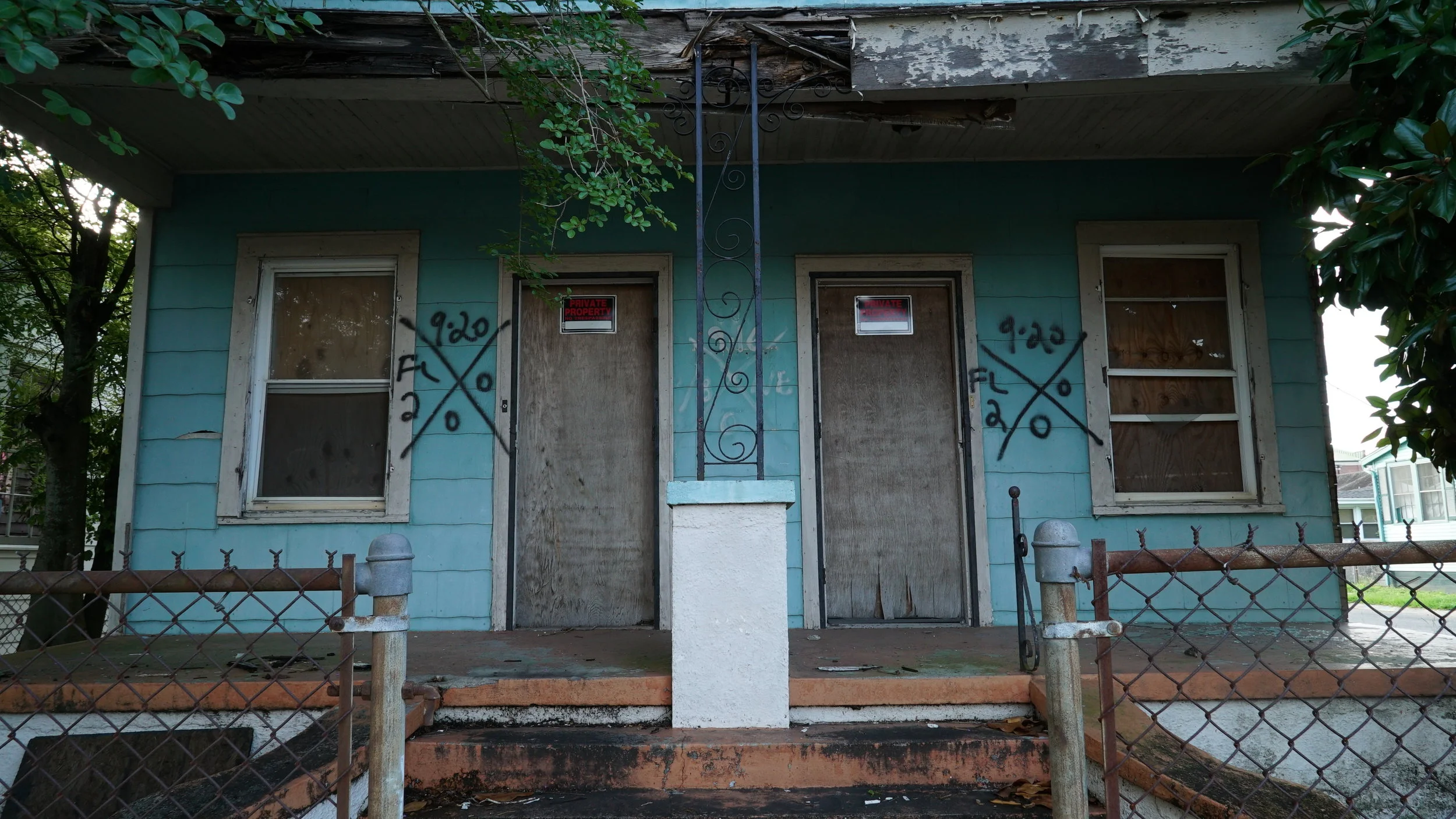Addressing Blight to Build Healthy Neighborhoods: A Collaboration Between IWES & Tulane University
Since Hurricane Katrina flooded 80% of New Orleans’ housing stock in 2005, the city has struggled to address the problem of widespread blight. Abandoned properties, dilapidated buildings and vacant lots have been a part of the city’s landscape for decades. In the aftermath of disaster, blight became a public health threat and a glaring reminder of the unhealed wounds left by Katrina. According to many reports, by 2010 New Orleans had the country's worst blight problem, affecting an estimated 43,755 properties -- nearly one-quarter of the city's residential addresses. In 2018 IWES and the Tulane School of Public Health and Tropical Medicine received a grant from the Robert Wood Johnson Foundation to research the impact of remediating blight and maintaining neighborhood green spaces on the health of community residents.
This new initiative, the Healthy Neighborhoods Project, is led by Dr. Katherine Theall, Director of the Mary Amelia Douglas-Whited Community Women’s Health Center at the Tulane School of Public Health, Dr. Lisa Richardson, Chief Impact Officer of IWES, and a team of investigators including partners at the City of New Orleans, Columbia University, and local community and neighborhood organizations. The Project builds on a larger National Institutes of Health (NIH) grant directed by Dr. Theall which is informed by a growing body of scientific evidence that has shown “cleaning and greening” blighted properties and vacant lots helps to decrease neighborhood violence and improve mental health for residents in urban communities. According to a February 2018 study by researchers at the University of Pennsylvania and Columbia University, overgrown lots often become unofficial neighborhood dumping grounds and blighted properties can lead to crime and other unsafe behaviors. The effect of this kind of public and private neglect of urban spaces can also take an emotional toll on residents still trying to recover and rebuild their neighborhoods, and their lives, after a disaster.
The Healthy Neighborhoods Project builds on a long professional history that Dr. Theall, Dr. Richardson and their colleagues have in addressing the relationship between social conditions and population health. The City of New Orleans Code Enforcement Bureau is working closely with Dr. Theall and the team to identify lots that will be included in the project. At present, 10 communities dispersed throughout the city are being considered for inclusion in the research project. When the neighborhoods are finalized and lots are selected, organizations in each neighborhood will be engaged as active partners in the implementation of the project. Currently, research instruments are being piloted and refined before residents living in the selected neighborhoods are recruited to participate in the five-year project. For more information about the Healthy Neighborhoods Project, contact Dr. Lisa Richardson at lrich@iwesnola.org.
